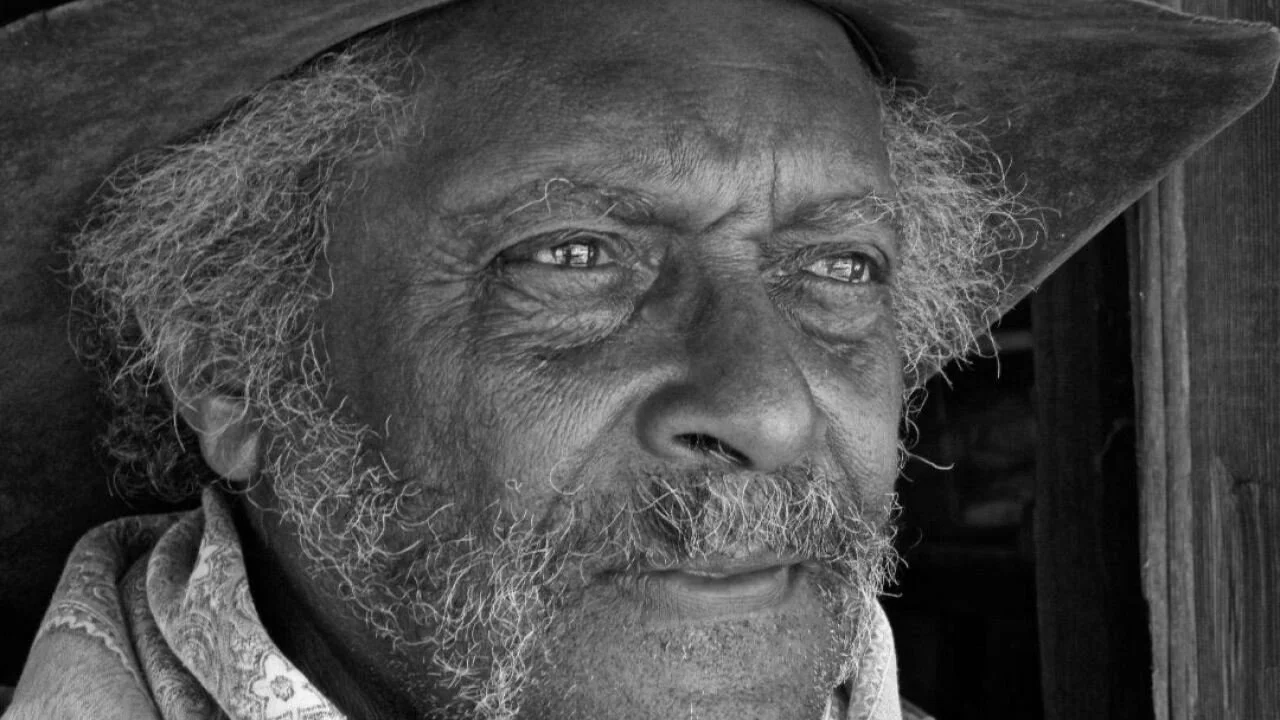by Fr Gabriel-Allan Boyd
Imagine this scene for a few moments. A sophisticated group of theologians, philosophers, and erudite Church leaders have gathered from all over the world to debate the most pressing issue of the time. And into their midst walks a weather-worn sheep farmer, carrying around in his hand a big, broken chunk of clay pottery. Obviously, this is a bit unsettling. Who is this man? Is he lost? Oddly, he settles into their midst as though he belongs…as if he and the chunk of pottery have an appropriate role at this event. Does he plan to throw it at them? While this assembly of the Church’s best scholars continue along with their learned arguments, they each keep a wary eye on him, wondering what he’s there to do.
What are they all arguing about? It all centers on a charismatic priest from Alexandria, named Arius, who’s creating confusion throughout the Church. He’s well-groomed and dynamic. He’s smoothly persuasive in his delivery and very popular—the Joel Osteen of his day. Everyone is buying his books. He also writes catchy jingles that help spread his message, giving him the popularity of a rock-star. This hip priest, Arius, has been teaching people the rationally satisfying idea that Jesus was not eternal with the Father. He insists that Jesus was merely human—less than God—a created being who simply became godlike through his teaching and good deeds. And Arius’ message has a tumultuous effect, sending a huge rift through the Church. Arius’ ideas create so much instability throughout the Roman Empire, that Emperor Constantine (in the year 325) orders that all of the Church’s most respected leaders must gather together in a Great and Holy Council, in Nicaea, to hash it out, once and for all. Thus, among these well-heeled and educated Church leaders, one of the bishops who shows up is a very unlikely character—a poor, uneducated, sheep-rancher from Cyprus, named, Spyridon.
What’s wrong with Arius’ assertion that Jesus was a created being? What difference would it make? Well, first, only God can save people. A mere creature can save no one. While Arius works hard to say that the man, Jesus, has an elevated status, above all other creatures, his understanding of Christ falls apart on this point. No created being could possess the ability to save people from sin. The act of salvation is only possible through God alone. And the second problem is that Christ was being worshiped in Christian parishes everywhere, even in the parishes who followed Arius’ distorted teaching. So, how could a church worship Christ if He wasn’t God? To worship a created being is idolatry. In fact, Arius and his followers were committing blasphemy on two counts: they were worshipping Jesus (who they called a created being) as one would worship God…and they claimed that the One who is God-incarnate was a mere creature. Of course, the Son is distinct from the Father. But we can’t allow this fundamental distinction to blur the identity of the One Godhead. While the sun and its radiance are two…the light from the sun, which illuminates things everywhere, is one with the sun. Similarly, the Godhead of the Son is the Father’s. Yet, in spite of these facts, Arius, is too far invested to turn back from his distortions of the truth. His reputation, his influence, and his book sales are at stake. So, he persists all the more in his twisted assertions about Jesus. He insists in the rationally comforting claim that it is impossible for there to be three persons as one God.
As the Council continues, the Orthodox fathers who were present urge Arius to confess that the Son of God is of one essence with God the Father. But there are several very important bishops who offer their support to the foolishness of Arius’ blasphemy that the Son of God is a created being. And so, the simple Saint Spyridon steps forward. Like so many other bishops at that council, he had been subjected to tortures and mutilation during the prior time of Christian persecution under Emperor Diocletian. One account says that one of his eyes had been cut up and scarred pretty badly, and the calf of his left leg had been severed, and so he now comes before these scholars with a severe limp. Wearing a basket on his head for a hat, and carrying the broken piece of clay pottery in his hand, the presence of this simple farmer was surely quite whimsical to the sophists who were present. The philosophical supporters of the great Arius’ look upon this old country bishop with great amusement. Quite assured that their own rhetorical talents would make the simple farmer look like a complete fool, they proudly reply, “Go ahead, we’re listening.”
And Saint Spyridon, holding the chunk of clay pottery up before them declares, “God, who created heaven and earth, is One. He fashioned man from the earth and created everything that exists, both visible and invisible, by His Word and His Spirit. That Word, we affirm, is the Son of God, the true God, who showed mercy on us who had gone astray. He was born of the Virgin, lived among men, suffered the passion, died for our salvation and arose from the dead, raising the human race together with Himself. We await His coming again to judge all with righteousness and to reward each one according to his faith. We believe that He is, from before all time, of the same substance as the Father, dwelling together with Him and equally honored. We believe all these things without having to examine how they came to be; nor should you be so brazen as to question them, for these matters exceed the comprehension of man and far surpass all knowledge.”
And after a long pause, the humble bishop then continues, “Can’t you philosophers now realize how true all of this is? Consider this simple and humble example: We are created and mortal beings from the dust of the earth and are not worthy to resemble the indescribable One who is divine. And since we tend to believe more readily through what the eyes perceive than through what we merely hear with our ears, I want to prove something to you using this piece of clay pottery. It’s composed of three elements which combine to make it one single being and nature.”
Saying this, Saint Spyridon making the sign of the holy Cross with his right hand while holding the pottery shard up in his left hand, he proclaims, “In the name of the Father and of the Son and of the Holy Spirit,” while squeezing the brick. At once, flames rise into the air, water pours down upon the ground and dust alone remains in his hand!
The eyewitnesses to this miracle are filled with awe, especially the philosophers. They remain speechless…finding no words sufficient to respond to the saint through whom God’s power has been revealed, according to what is written: “The kingdom of God is not in words, but in power” (1 Corinthians 4:20). “Brothers and sisters, think of what you were when you were called. Not many of you were wise by human standards; not many were influential; not many were of noble birth. But God chose the foolish things of the world to shame the wise; God chose the weak things of the world to shame the strong. God chose the lowly things of this world and the despised things—and the things that are not—to nullify the things that are, so that no one may boast before Him. It is because of Him that you are in Christ Jesus, who has become for us wisdom from God—that is, our righteousness, holiness and redemption. Therefore, as it is written: “Let the one who boasts boast in the Lord” (1 Corinthians 1:26-31).
And through the prayers of this simple farmer, Saint Spyridon the Wonderworker, our hearts and minds are directed to contemplate that lowly cave in Bethlehem. There, God chose to reveal His power, not in influential political figures, nor in the arguments of sophisticated academics, but rather in a simple, animals’ feeding-trough, filled with hay, and occupied by the humble One (“The Lamb who was slain before the foundation of the world”) who would heal, transfigure, and reveal the mystery of what it means to be truly human…so that we may become united with God.



